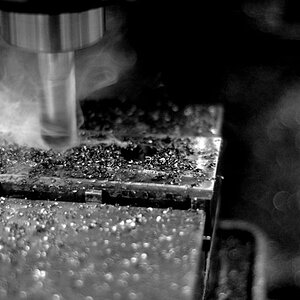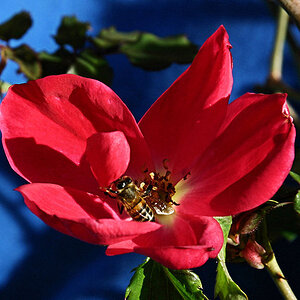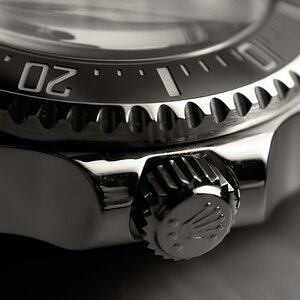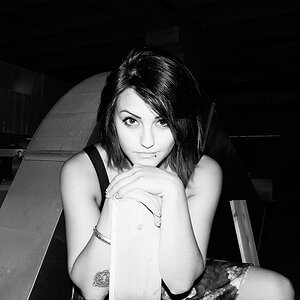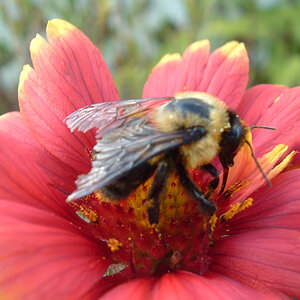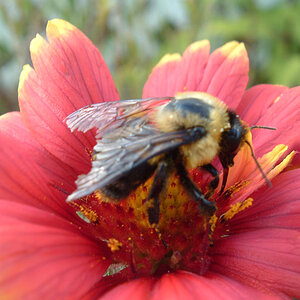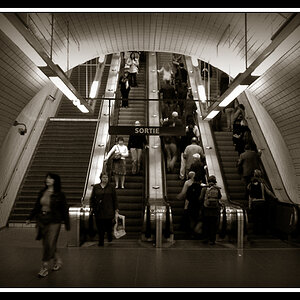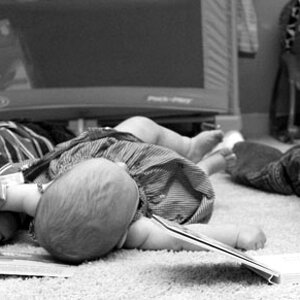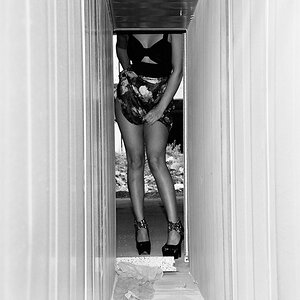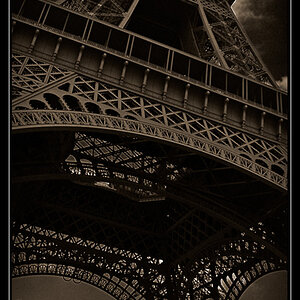DMR921
TPF Noob!
- Joined
- Mar 22, 2012
- Messages
- 20
- Reaction score
- 1
- Location
- Wisconsin
- Can others edit my Photos
- Photos NOT OK to edit
Hey all,
I just got my first DSLR, I have been holding out on getting one until the 60D went on sale again for $850 but last week I checked prices and the 7D body + lens kit was on sale for $1100 (down from $1700) so I picked one up.
I have always loved photography, but from a viewers perspective. I have very little knowledge about actually taking photos, and that's hopefully where you all come in! Where did you start when you first got into photography? I'm thinking I want to mostly shoot wildlife and nature, at least to start with because there is a nature reserve a block from my apartment. But with the standard kit lens (poor college kid budget right now) what would be ideal to shoot? Roughly what's the furthest you would want your focus to be at, distance wise?
I do not have a tripod right now, but I do intend to get one. Any other suggestions are greatly appreciated as well! Thanks
Here is a link to what I got: Canon EOS 7D DSLR Camera with 28135mm IS Lens Black 3814B010 - Best Buy
I just got my first DSLR, I have been holding out on getting one until the 60D went on sale again for $850 but last week I checked prices and the 7D body + lens kit was on sale for $1100 (down from $1700) so I picked one up.
I have always loved photography, but from a viewers perspective. I have very little knowledge about actually taking photos, and that's hopefully where you all come in! Where did you start when you first got into photography? I'm thinking I want to mostly shoot wildlife and nature, at least to start with because there is a nature reserve a block from my apartment. But with the standard kit lens (poor college kid budget right now) what would be ideal to shoot? Roughly what's the furthest you would want your focus to be at, distance wise?
I do not have a tripod right now, but I do intend to get one. Any other suggestions are greatly appreciated as well! Thanks
Here is a link to what I got: Canon EOS 7D DSLR Camera with 28135mm IS Lens Black 3814B010 - Best Buy


